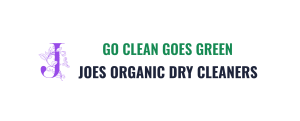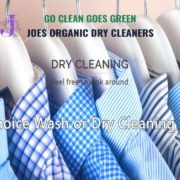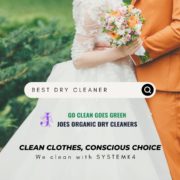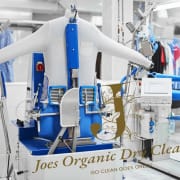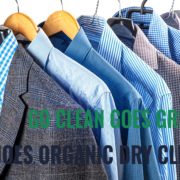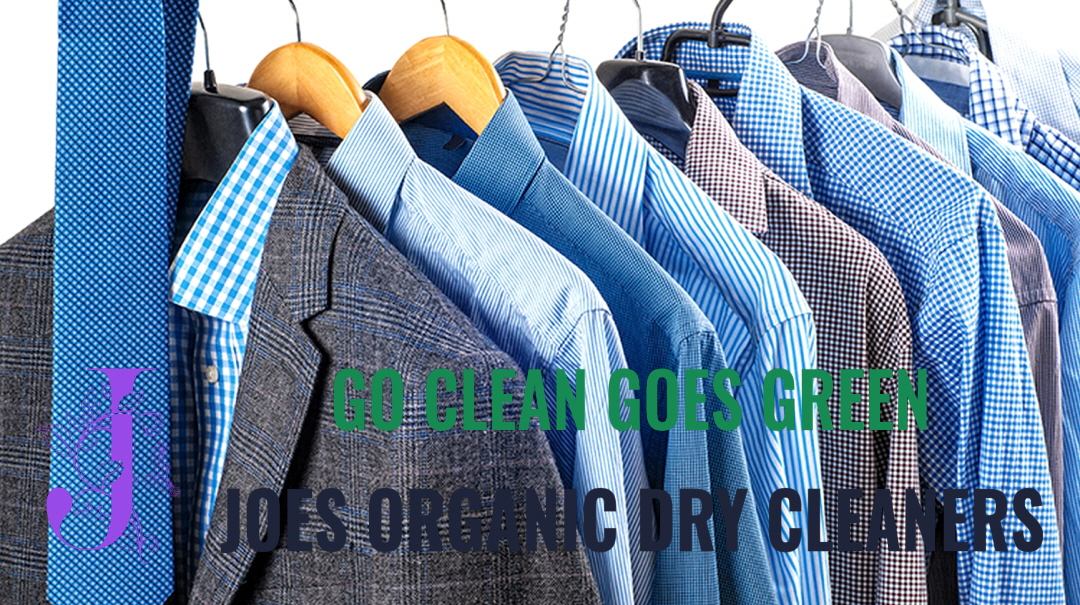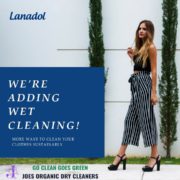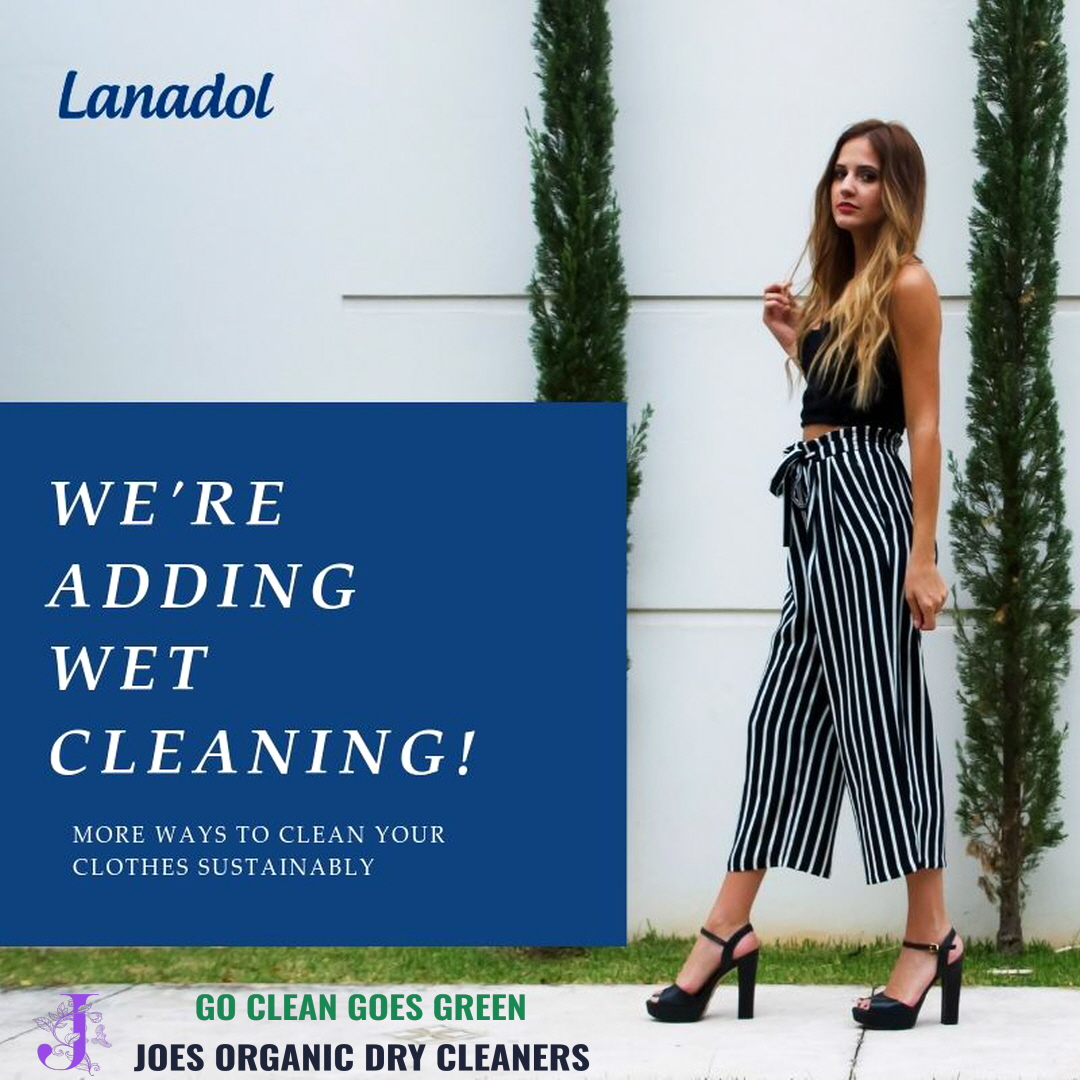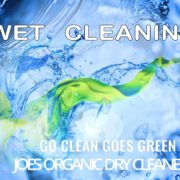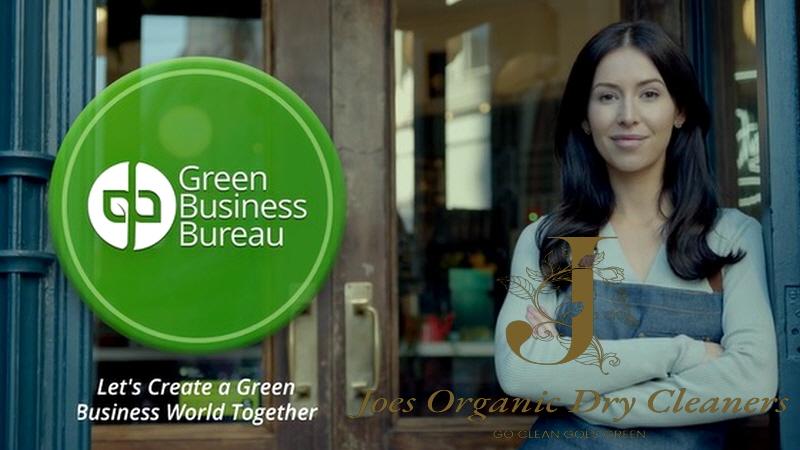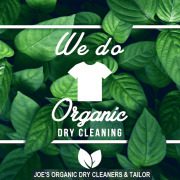
Summer, which is humid and hot, is a difficult season to care for clothes. If you don’t take good care of sweaty clothes, you can suffer from odors and stains.
The heat this summer is unusual. , My body starts to get wet like laundry that is already wet. The first heat wave warning of the year has been issued in some areas. It was hot all over the place. The Korea Meteorological Administration predicted that this year’s temperature would be higher than average. It looks like it will rain a lot. In this hot and humid season, how should I take care of my clothes?
Q: How to care for short-sleeved cotton t-shirts? After a few washes, it gets thicker, and the more you wash, the smaller the size of the clothes seems to be.
A: Due to the nature of the material, cotton inevitably shrinks during washing. Knitted fabrics, such as cotton T-shirt fabric, have threads connected to each other in the form of rings. When washing, when friction is applied to these loops, the loops are pulled together and the space is reduced. Clothes made of cotton will inevitably shrink little by little even if they are washed in cold water, unless they have been washed to prevent further shrinkage from the time of manufacture. If you do not want the fabric to shrink, you should wash it by hand as much as possible to reduce friction or iron the clothes while pulling them to stretch them again.
Also, the reason why clothes look sloppy after washing can be because the loosening on new clothes is missing. If clothes made of thin materials that are often worn in summer, such as linen and hemp, as well as cotton products, seem too loose, buy spray-type household ironing glue, lightly spray it on, and then iron it. It will make you feel like new clothes.
Q: The rainy season is coming. No matter how well you dry your clothes, they still smell. How do I get rid of it?
A: It’s common sense, but it’s a good idea to wash your clothes as often as possible during the summer months. If you leave laundry contaminated with sweat or sebum in a laundry tub that is not well-ventilated, you create a good environment for bacteria to live on their own. When contaminated laundry meets germs and molds, the contaminants will rot and the stench will get worse. In this case, the odor may remain even after washing and drying.
So, if possible, it is good to spend the season with the principle of washing the clothes worn on that day. However, doing laundry every day is not easy. When collecting for several days, if possible, dry it outdoors in a place with sunlight and wind, or if it is a fabric that can be boiled, boil it in hot water often to eradicate germs.
Or, before washing, you can hang wet laundry on a drying rack or dry it in a dryer first, then wash and dry it again. One way to get rid of odors is to add fabric softener or the like when washing clothes. An official from P&G’s R&D center, which recently launched “Downy Spring Garden,” explained, “If the wet laundry is dried in an unventilated room or if human secretions are not properly removed, odors can arise.” If you simply try to cover up the odor with the scent of fabric softener, the odor may come back over time. It is recommended to use a product that neutralizes and removes odors, such as laundry detergent for indoor drying, or to remove bacteria that cause odors.
Laundry experts recommend washing as often as possible and using a detergent appropriate for the situation in order to remove human body secretions as quickly as possible during the summer.
Q: How should I manage summer clothing materials such as linen and silk?
A: Plant-derived materials such as linen, artificial silk, and cotton are often worn in the summer because they wick sweat well and are breathable. However, the biggest disadvantage of this vegetable cloth is that it has problems such as shrinkage and wrinkles after washing. In order to care for clothes made of these materials, wash them in a way that reduces friction as much as possible, such as setting a wool course when using a washing machine. In the case of artificial silk and cotton, it is also recommended to use a fabric softener. It makes fabrics softer and has a pleasant scent. An official from P&G’s R&D center said, “Consumers prefer long-lasting, subtle scents.” “In the case of linen, depending on the type of fabric softener, it may cause powdery fiber by-products, so be careful.”
Q I took out the clothes I wore last summer and there are yellow stains on them. I must have washed it well before storing it, but why?
A: Sweat stains left on summer clothes will oxidize over time. If these contaminants are left on clothing and stored, they can change color over time as they come into contact with the air. Sweat is better removed by washing with water. Even if you leave it to the dry cleaner for the next year after spending one season well, ask for wet cleaning (special water washing at the dry cleaner) rather than dry cleaning. Since dry cleaning is done with oil, sweat does not completely disappear even after 100 times. In addition, discoloration may occur if clothes are stored in a place exposed to light, such as by a window, or if the laundry is stored without removing the vinyl.
Sweat remaining on clothes can oxidize and become difficult to remove stains, so be careful.
Q: I heard you need to know how to sweat to master summer clothing care. Does understanding perspiration make laundry easier?
A: There are two types of sweat in humans. Sweat glands include eccrine and apocrine glands. Eccrine glands are distributed throughout most parts of the body, while apocrine glands are found in the armpits, eyelids, and around the anus.
Sweat from the eccrine glands is over 99% water and has little to no odor. However, as moisture evaporates, ammonia remains and can cause odors in the laundry. Apocrine glands secrete high-viscosity sweat mixed with fat and protein. When this sweat meets bacteria on the skin or hair and decays, it can cause a bad odor. Sweat with a lot of fat is acidic, so it is recommended to neutralize it with an alkali. Adding something like baking soda to your detergent can help. Being alkaline, baking soda neutralizes odors and is an adjuvant to detergents to increase cleaning power.
Q: Is there a way to wear a white T-shirt that I often wear in summer?
A: It is good to use percarbonate of soda or commercially available oxygen-based bleach to make white clothes whiter. Oxygen-based bleach contains sodium percarbonate and an ingredient that activates it. When sodium percarbonate is put into water, it decomposes into sodium carbonate and hydrogen peroxide, and alkaline sodium carbonate maximizes washing power. For the ultimate white color, add bicarbonate of soda and dry your washed clothes in the sun. Hydrogen peroxide left on clothes after washing reacts with UV rays and bleaches them more strongly.
Excerpt from https://www.hani.co.kr/
